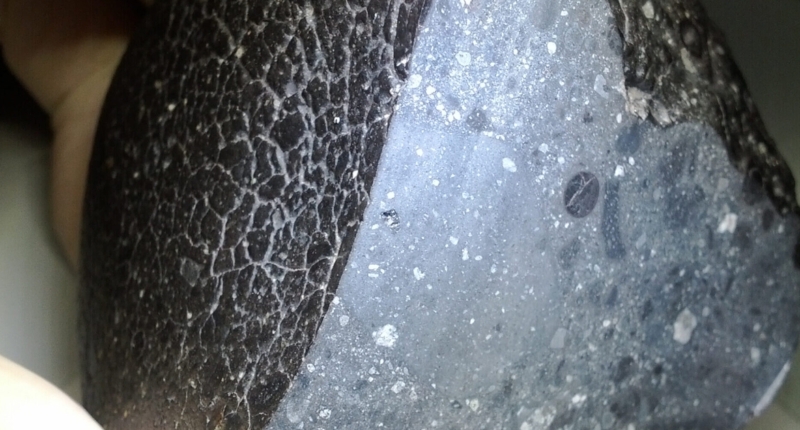Researchers at Curtin University utilized whole-planet data from four spacecraft orbiting Mars, combined with a machine-learning map of approximately 90 million craters, to identify the Karratha Crater as the origin of a unique meteorite called “Black Beauty.” The meteorite is the only known example of a Martian regolith breccia meteorite and contains many different types of rocks. Identifying the origin of “Black Beauty” is significant as it could potentially allow future missions to target the area to explore the solar system’s oldest rocks. The research was conducted using the facilities of the Pawsey Supercomputing Research Centre in Perth, which continues to develop with the delivery of a new machine called Setonix. The comparatively modest energy consumption of Setonix will make it the fourth-greenest supercomputer in the world, a vital step in Australia’s efforts to minimize the carbon footprint of its researchers in the fields of astronomy and space science.
Supercomputer Identifies Origin of Martian Meteorite
Researchers in the fields of astronomy and space science have an incredible array of tools at their disposal. This includes state-of-the-art telescopes on Earth and in space. However, it is not widely known that researchers also use supercomputers to further their research. Recent research on a unique meteorite found in Western Sahara in 2011 called “Black Beauty” showcases the capabilities of these powerful machines. “Black Beauty” is a breccia meteorite and one of 300 known to have originated on the planet Mars. Scientists believe this because the chemistry of gases trapped within the meteorite matches the composition of the planet’s atmosphere.
The meteorite is unique because it contains many different types of rocks, rather than just one, making it the only known example of a Martian regolith breccia meteorite. “Black Beauty” made its way to Earth after being ejected from Mars by the impact of another object, such as a meteorite or small asteroid. The impact would have left a crater on the Martian surface. To identify the crater where “Black Beauty” came from, scientists at Curtin University turned to the facilities of the Pawsey Supercomputing Research Centre in Perth.
The researchers utilized whole-planet data collected from four spacecraft orbiting Mars to identify the composition of “Black Beauty”. The data included topographic, magnetic, crustal thickness, and chemical abundance information. They also used a machine-learning map of approximately 90 million craters. Through these methods, the researchers were able to identify one crater that matched the composition of “Black Beauty”. This crater, now named Karratha, is a small crater located in the Pilbara region of Western Australia, where some of Earth’s oldest rocks are found. It is named after its namesake in recognition of the rock fragments found in “Black Beauty” that are approximately 4.48 billion years old, which is only 100 million years younger than the planets themselves.
Knowing the origin of “Black Beauty” is significant because future missions to Mars could potentially target this area to explore the solar system’s oldest rocks. Such an opportunity is currently impossible on Earth due to the effects of plate tectonics and erosion.
The Pawsey Supercomputing Research Centre in Perth continues to develop and improve its capabilities. The delivery of a new machine called Setonix, named after the scientific name for a quokka, will make it the fourth-greenest supercomputer in the world due to its relatively low energy consumption. This is a vital step in Australia’s efforts to minimize the carbon footprint of its researchers in the fields of astronomy and space science.
Australian Geographic acknowledges the traditional custodians of Australia and pays respects to Elders past and present.
Don’t miss interesting posts on Famousbio
